From the December 2022 issue of Apollo. Preview and subscribe here.
Ernest Hemingway preferred Cézanne on an empty stomach. ‘I learned to understand Cézanne much better […] when I was hungry,’ he wrote. ‘I used to wonder if he were hungry too when he painted; but I thought possibly it was only that he had forgotten to eat.’ For this version of Cézanne, ascetic circumstances open up aesthetic possibilities, the painter glutting his eyes at the expense of his belly. Significant form derives from significant faim.
Cézanne (1839–1906) would not have recognised the characterisation. His dedication to painting did not stretch to a deprivation from good, simple Provençal food. If anything, eating well was a preoccupation, and all the more so after his diagnosis with diabetes in 1890 thrust the management of his diet centre stage. When painting outdoors, ‘sur le motif’ as he called it, he often ordered his lunch on delivery from a restaurant in a nearby village. He would sometimes note down meals in his sketchbook. ‘I eat well,’ he insisted – twice – in what would prove his final letter to his son.
Food was also a way for Cézanne to assert his regionalism. ‘One of these days I plan to send you a sausage,’ he wrote to his friend Émile Zola, recognising that his fellow countryman, installed in Paris, might crave the flavours of home. Visitors to Jas de Bouffan, the family manor house outside Aix-en- Provence, would be served the honest luxuries of the region. ‘Your father is coming to eat a duck with me next Sunday,’ Cézanne told the son of the sculptor Philippe Solari. ‘Done in olives (the duck, of course).’ For Renoir, the brandade de morue made by Madame Cézanne was ‘the nectar of the Gods rediscovered’.
‘Cezanne’, an exhibition currently at Tate Modern (until 12 March 2023), makes much of the painter’s provincial loyalties. Place defined Cézanne, as he well knew, and he amplified its claims on him in the persona that he adopted whenever he ventured north. Eating habits were part of the performance. At Monet’s house in Giverny, where her conversation with Cézanne was ‘principally on art and cooking’, the American painter Matilda Lewis was disconcerted by his rustic behaviour at the table. ‘He even takes his chop in his fingers and pulls the meat from the bone,’ she wrote.
It makes sense in this context for the restaurant at Tate Modern to have devised a ‘Cézanne-inspired’ menu to coincide with the exhibition – although less so for the Tate to have collaborated with a brewery on ‘Victoire pale ale’. Museum restaurant tie-ins of this nature often seem slight, particularly when they aspire to no more than imitating an artist’s palette on a plate. But here the themed dishes promise to supplement the argument made in the galleries: ‘In his work [Cézanne] celebrated the non-modern authenticity of the South […including] locally grown produce’, says the catalogue.
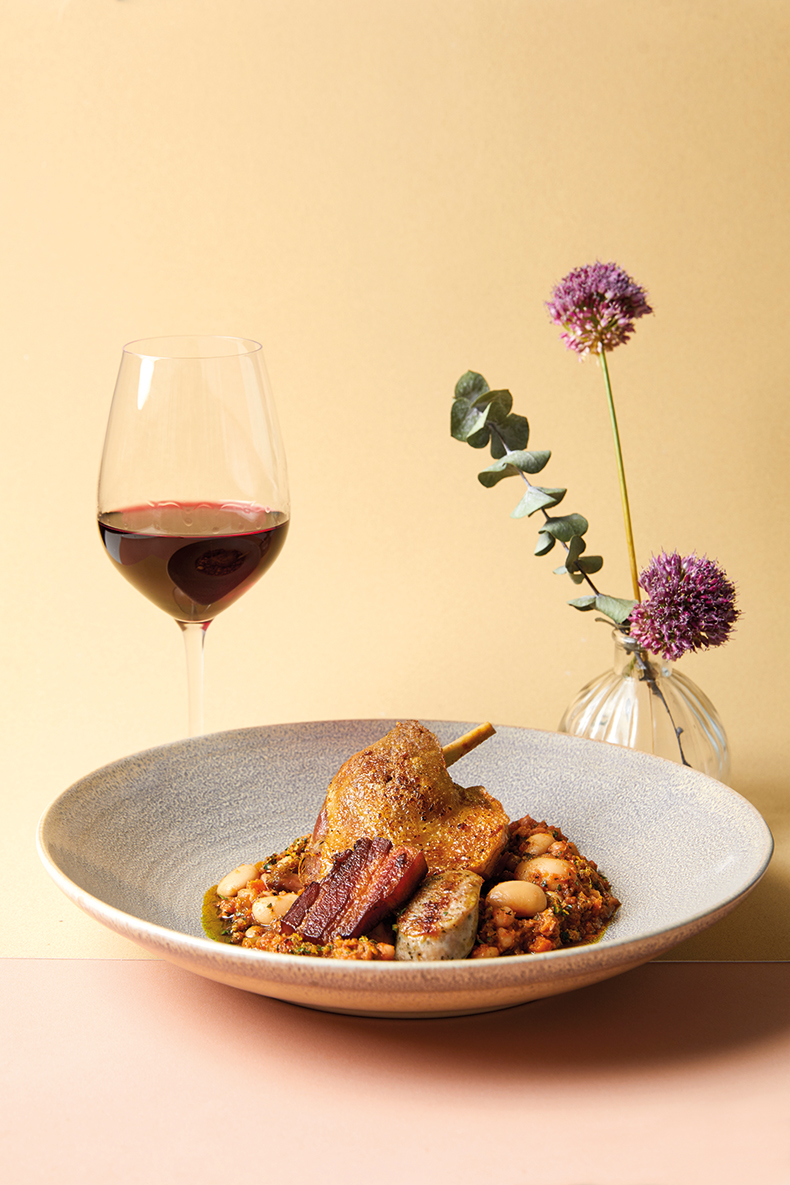
What the cassoulet should have looked like – duck with Toulouse sausage and brioche crumbs served as part of the Cézanne-inspired menu at Tate Modern, London. Photo: Kate Wilson
In answer to a questionnaire, Cézanne once wrote that his favourite dish was pommes de terre à l’huile. Perhaps it is fortunate then, at £37 for three courses, that the chefs at Tate Modern have sought not to cook for the painter’s ghost, as it were, but to pay homage to the culinary virtues of his region. The starter is a take on pissaladière, the Niçois riposte to focaccia or pizza – here a little discus of pastry daubed with caramelised onions and topped with blobs of tapenade and garlic mayonnaise, sliced black olives and a brace of marinated anchovies. Its base is so stubborn to the knife that I go full Cézanne and pick at it with my hands. It is a taste of Provence but with the volume turned down – lacking the savoury insurgency that salted anchovies would have brought.
The duck cassoulet advertised on the Tate website turns out to be a canard. On the menu in its place is a lamb shoulder cassoulet, and a deconstructed cassoulet at that: the lamb, garlic sausage and a little brick of bacon have been cooked separately from the bean stew, rather than lending it their fat and flavour in the pot. But the lamb itself is delicious, slow cooked to a rich stickiness and full of character. Heaped precariously on the medley of beans, it looks like a geological extrusion made from meat. Perhaps the kitchen is going for Mont Sainte-Victoire.
The Cézanne pudding is a tarte tropézienne. This comes as a dainty brioche bun, oozing with vanilla cream and crested with plain and lavender-tinted crystals of sugar. It is gloriously soft, outrageously sweet and an act of sabotage on anyone with plans to immerse themself in Cézanne’s paintings after lunch (perhaps Hemingway was on to something, after all). I doubt Cézanne would have known anything like it: this type of cake wasn’t introduced to the Côte d’Azur until the 1950s. Perhaps Tate has a shortage of apples.
From the December 2022 issue of Apollo. Preview and subscribe here.
Unlimited access from just $16 every 3 months
Subscribe to get unlimited and exclusive access to the top art stories, interviews and exhibition reviews.

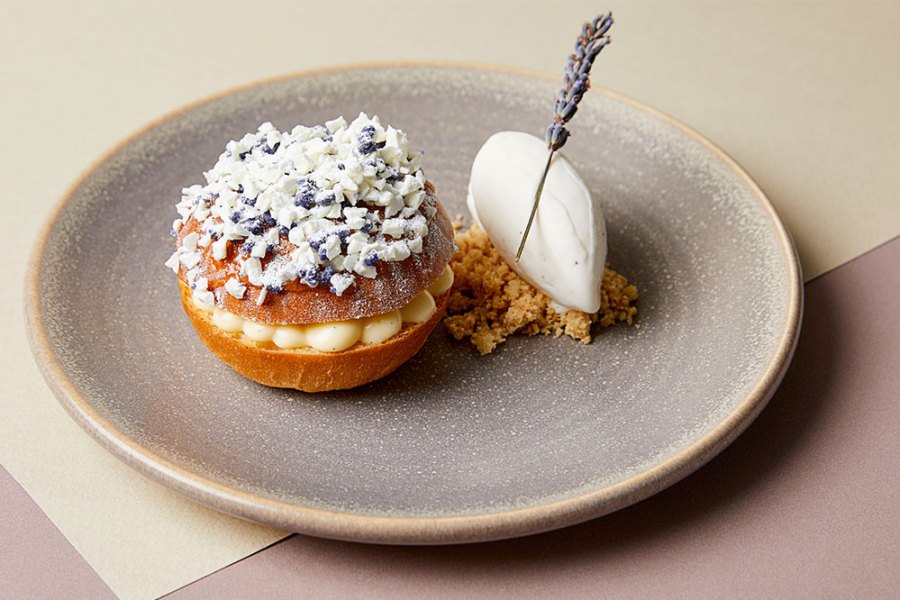
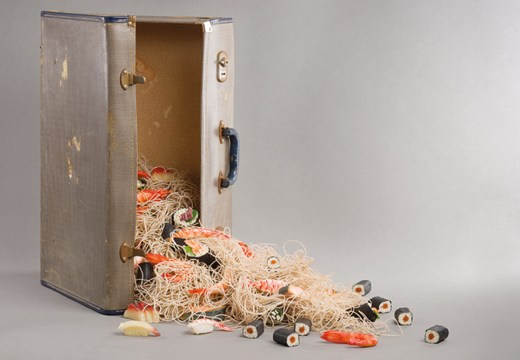
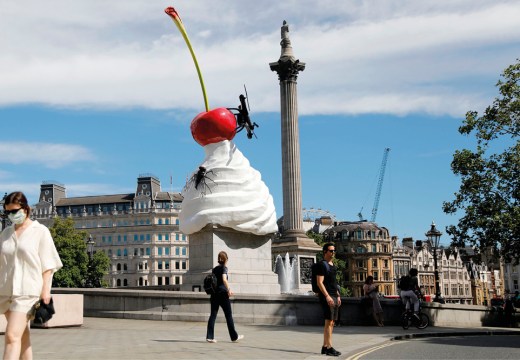
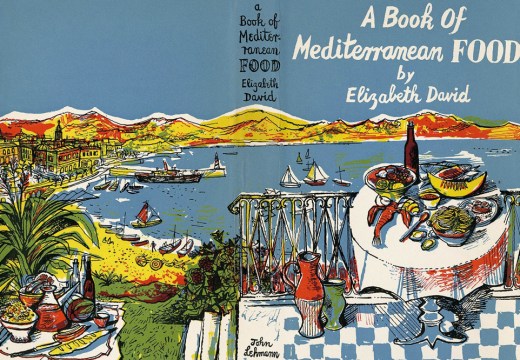









![Masterpiece [Re]discovery 2022. Photo: Ben Fisher Photography, courtesy of Masterpiece London](http://www.apollo-magazine.com/wp-content/uploads/2022/07/MPL2022_4263.jpg)
It’s time for the government of London to return to its rightful home